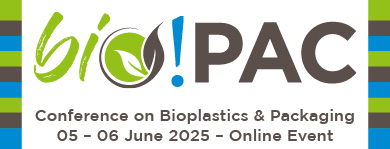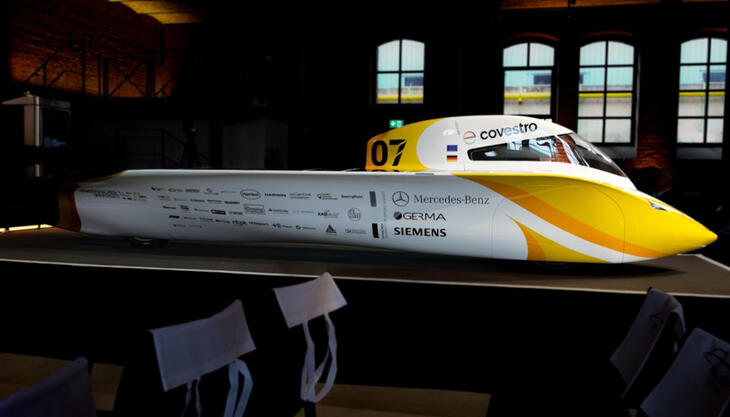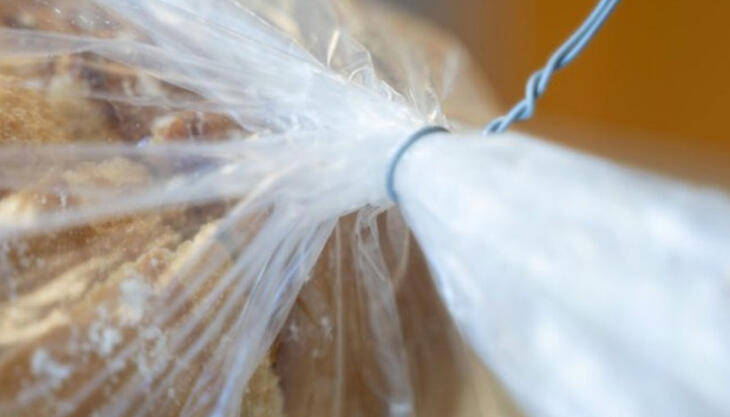The car cockpit becomes individual and functional
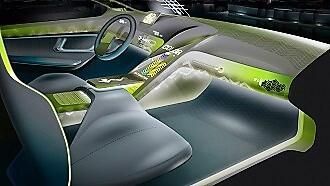
The development of film technologies for car interiors has made great progress in recent years. "Trends such as autonomous driving, networking and individualization pose entirely new challenges, but also offer great opportunities for the use of polycarbonate and thermoplastic polyurethane films", explained Dirk Pophusen, film specialist at Covestro.
The number of displays and touchscreens in car interiors will increase drastically due to the progressing digitization and networking (connectivity) as well as the trend towards autonomous driving. Large-surface, three-dimensional screen designs that can be seamlessly integrated into the surfaces of instrument panels, centre consoles, door and seat panels are a current trend.
What is also important is a high-contrast image and clearly legible information - even in adverse lighting conditions. Displays must not reflect light or dazzle (anti-glare). Covestro has developed Makrofol HF, a two-stage curable film that can be formed over a large area and is especially suitable for the edging and trimming of such displays. Depending on the optical requirements, they can be adjusted from high gloss to fine matt and are resistant to chemicals and scratches.
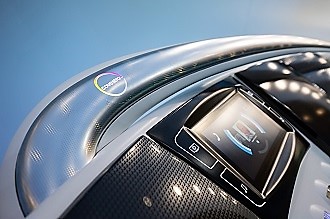 Touch
displays with a filigree 3D surface are a new application for Makrofol films.
They enable the driver to control the display and its functions simply by
touching them without having to turn their eyes away from the road. This
improves road safety.
Touch
displays with a filigree 3D surface are a new application for Makrofol films.
They enable the driver to control the display and its functions simply by
touching them without having to turn their eyes away from the road. This
improves road safety.
In addition, Covestro will also be presenting the wide range of possible applications for films based on thermoplastic polyurethane (TPU) in car interiors. Platilon TPU films from Covestro are present - although not always visible - in many parts of the car interior, such as textile laminates from roller blinds for sunroofs, as air chambers for lumbar supports of car seats or as foam shrouds for noise reduction components.












